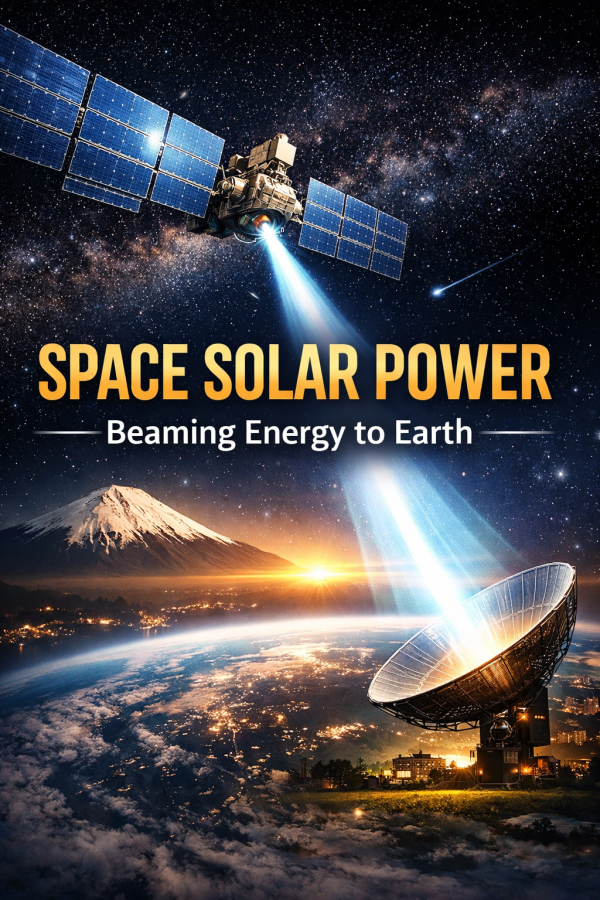
In a stunning discovery that is challenging everything scientists believed about how planets form, astronomers have found a giant planet orbiting a tiny star named TOI-6894. This distant cosmic duo, located about 240 light-years from Earth in the constellation Leo, is making scientists rethink how planets are born in space.
The Tiny Star with a Giant Mystery
TOI-6894 is a red dwarf star, and it’s really small — just one-fifth the mass of our Sun. Usually, such small stars don’t have the strength or material around them to form big planets. According to current science, stars like this typically have smaller, rocky planets like Earth or Mars, not gas giants like Saturn or Jupiter.
But that’s where the surprise begins. Orbiting this tiny star is a planet as big as Saturn, the second-largest planet in our solar system. That’s like finding an elephant on a bicycle — something just doesn’t fit.
Why This Is So Puzzling
In space, big stars often have enough gas and dust spinning around them to form large planets. These materials gather into what scientists call a “protoplanetary disk.” Over time, this disk can form planets if it has enough stuff in it.
But small stars like TOI-6894 form from smaller clouds of gas and dust, which means there’s usually less material to make planets — especially big ones. It’s hard enough for these stars to form small planets, let alone giants.
Dr. Edward Bryant from the University of Warwick in England, who co-authored the study published in Nature Astronomy, says these finding challenges current planetary theories. “The question of how such a small star can host such a large planet is one we are yet to answer,” he explains.
How Planets Form — A Quick Science Lesson
Stars and planets are born from massive clouds of gas and dust floating in space. These clouds collapse under their own gravity, forming a central star. The leftover material spins around the star and flattens into a disk.
From this disk, small grains of dust begin sticking together. Over millions of years, they grow into rocks, then into planet-sized objects. For gas giants like Jupiter or Saturn to form, a large rocky core must form first. Then it must gather a thick atmosphere of gas quickly before the disk disappears. Small stars have small disks. Fewer materials mean fewer chances to build large cores and gather gas before it’s too late.
Vincent Van Eylen, another scientist involved in the study, says, “In small clouds of dust and gas, it’s hard to build a giant planet.” That’s why the presence of a gas giant around TOI-6894 is so baffling.
What This Means for Astronomy
The discovery is not just surprising; it’s exciting. It shows that the universe might have more tricks up its sleeve than scientists expected. It’s possible that there are other ways giant planets can form — ways we haven’t understood yet.
This discovery also opens the door to finding more unusual star-planet pairs. With powerful space telescopes, astronomers can continue exploring distant stars and perhaps uncover even more exceptions to the rules we once thought were unbreakable.
Insightful Take
The cosmos is full of mysteries, and TOI-6894 is the latest to shake up what we thought we knew. For readers dreaming of space, this is a reminder that science is always evolving. The universe doesn’t always follow our rules, and that’s what makes discovering it so thrilling.
One tiny star. One giant surprise. One big question for the future of planetary science.





















